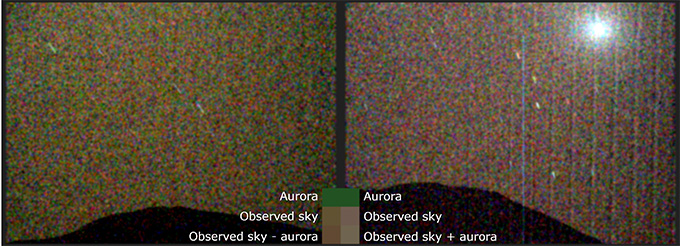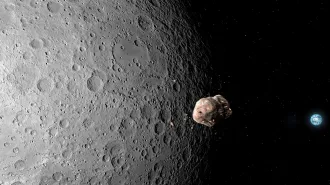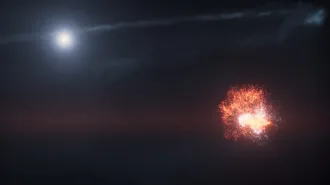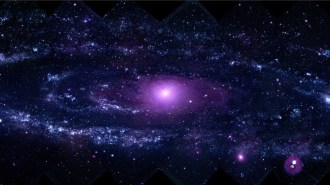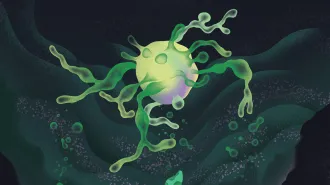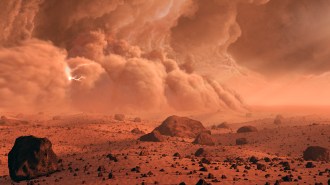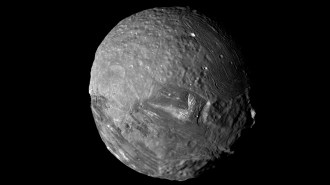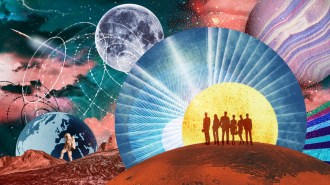Perseverance takes the first picture of a visible Martian aurora
Future astronauts will be able to observe the ethereal lights with their own eyes

Martian auroras may appear to future astronauts as a faint, green glow that hangs low in the night sky, as shown in this illustration.
Alex McDougall-Page
